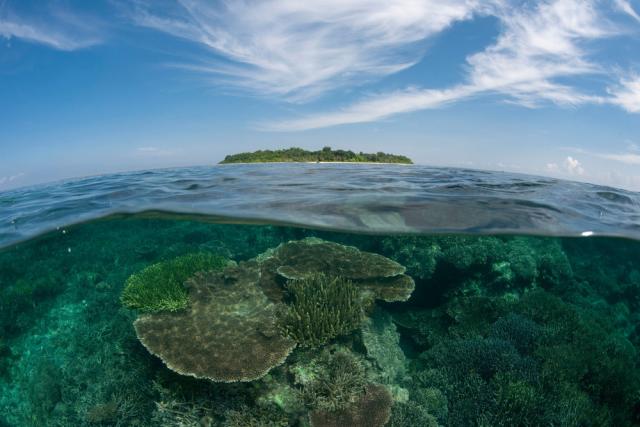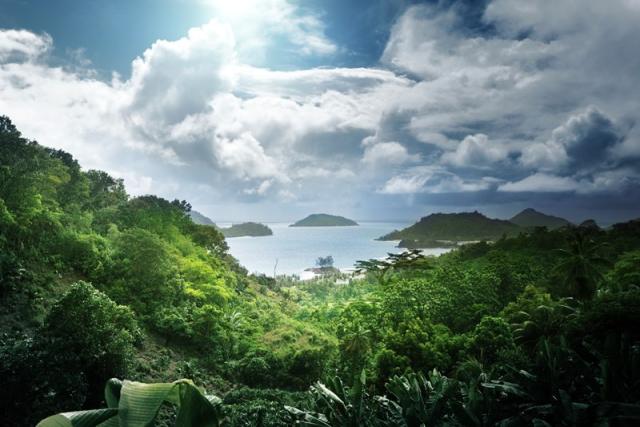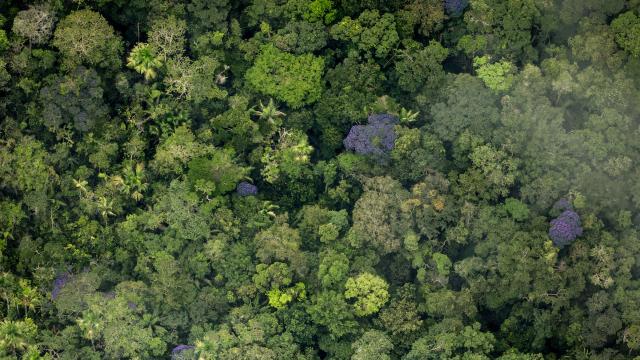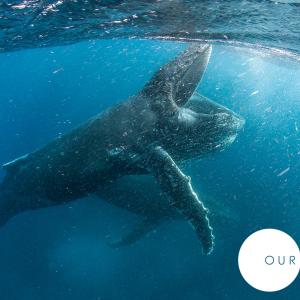
We are in a climate and nature emergency
This year the UK Parliament declared a climate emergency and the Government committed to reducing UK carbon emissions to net zero by 2050. But our nature is also in a state of emergency; we have lost half of the forests and coral reefs, 80 per cent of wetlands, dammed two-thirds of the world's long rivers and both global and UK wildlife populations have declined by an average of 60% since 1970s. It is apparent that we are destroying our natural resources, such as healthy oceans, wetlands and forests, that are the basis of all economic activity and could be our greatest allies in combatting climate change.
In other words, we do not have the time to solve the issue of climate change before we start tackling the issue of nature loss. The finance sector is in a unique position to incentivise the transition to a sustainable economy through only agreeing to lend to, invest in and insure businesses that manage their overall nature risks. While the finance sector is starting to recognise the urgency of climate risks and starting to look into more sophisticated methodologies (such as measuring their alignment with different forward looking scenarios), more work is needed on data, tools and methodologies to assess their exposure and manage nature risks in their portfolios.
Most nature risks, unlike climate change, are also location specific and need to be assessed in their correct context. While geo-spatial data linked to the parent company is still hard to come by, this is a fast-developing area with advances in satellite imagery and remote sensing enabling us to have information about companies’ operations and their environmental impacts in the exact context they operate in. We have developed an internal tool called WWF SIGHT and we are working with commercial data providers to encourage them to incorporate more geo-spatial and environmental impact data in their tools. In June 2019 together with Investec, we also launched the ‘Sustainability and Satellites’ report discussing environmental risks for sovereign debt investors.

Our planet is under threat
Biodiversity risk is especially complex as it is difficult to define, let alone quantify. One approach to protecting biodiversity is to protect ‘biodiversity hot spots’, such as UNESCO natural World Heritage Sites. These sites are recognised for their unparalleled beauty, global significance and/or biological diversity and the important economic, social and environmental benefits they provide. Natural World Heritage Sites provide vital resources such as food and water for the local communities, and contribute significantly to economies through jobs, tourism and recreation. Natural World Heritage Sites are also oases of biodiversity and deliver critical ecosystem services such as stabilising soils, preventing floods and capturing carbon, all of which increase our resilience to the most harmful impacts of a warming climate.
Nevertheless, our analysis indicates that nearly half of all World Heritage Sites across the globe are under threat. Either by industrial activities like oil and gas exploration or large infrastructure developments like large-scale hydropower. In June 2017 we launched the guide How Banks Can Safeguard Our World Heritage. In July 2018 insurers, insurance market bodies and key industry stakeholders from around the globe signed the first insurance industry statement of commitment to protect World Heritage Sites. The statement is now supplemented by the first-ever insurance industry guide, Protecting our World Heritage, insuring a sustainable future.
The main aim of the guide is to provide practical guidance to insurers on how to prevent or reduce the risk of insuring or investing in companies or projects whose activities could damage World Heritage Sites. The guide provides insurers with a wide range of practical recommendations like accessing data, raising the awareness, risk frameworks and engaging with clients and investee companies as well as several case studies from various World Heritage Sites. The guide is also a great example of what can be achieved if various partners work together. It is the result of a partnership we were in between UN Environment’s Principles for Sustainable Insurance Initiative (PSI), the UN Educational, Scientific and Cultural Organization (UNESCO) World Heritage Centre and several insurance companies. The statement and the guide are also a call to action for all insurers around the world to join the global effort to protect these priceless and irreplaceable sites for our children and grandchildren, for their economic, cultural, spiritual, biodiversity and climate benefits.

The time to act is now
The time to act is now. During the ‘super year 2020’ global leaders will continue to negotiate on climate but also agree a new treaty for the oceans and new global biodiversity framework and targets. Beyond this, we're is calling for a New Deal for Nature and People to recognise the intrinsic link between the health of our nature, the well-being of our people and the future of our planet. Just like the Paris Agreement galvanised both government and private sector action on climate, we need an international agreement to back an integrated approach to all nature risks, including biodiversity.
The private sector, including the finance sector, will play an important role in redefining business as usual, helping it to transition from exploiting nature to restoring nature. We will continue to call for and support this transition, from protecting the World Heritage Sites to helping to define and manage the nature impacts, dependencies and risks for the finance sector.

 Our work on sustainable finance
Our work on sustainable finance
 Our Planet: Our Business
Our Planet: Our Business
 How we can become a one planet economy
How we can become a one planet economy